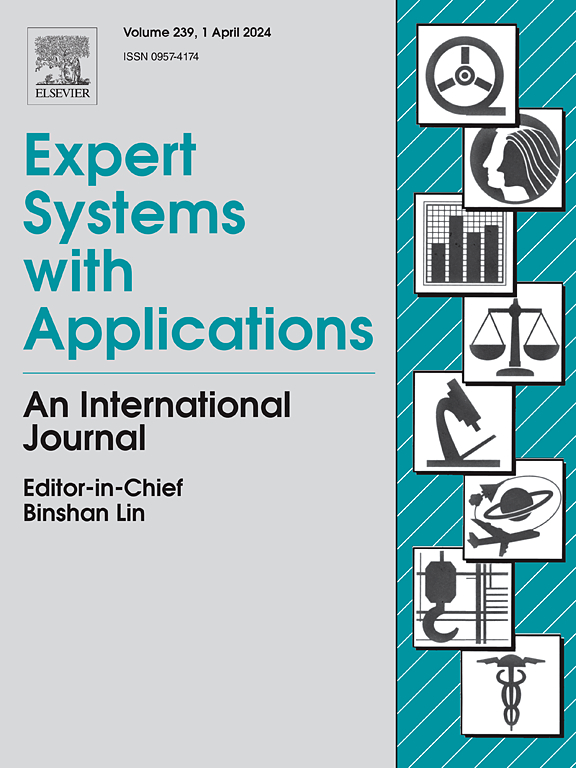FusionGCN: Multi-focus image fusion using superpixel features generation GCN and pixel-level feature reconstruction CNN
IF 7.5
1区 计算机科学
Q1 COMPUTER SCIENCE, ARTIFICIAL INTELLIGENCE
引用次数: 0
Abstract
In recent years, convolutional neural networks have demonstrated significant advancements in the domain of computer vision, effectively addressing numerous previously challenging issues. An increasing number of researchers are focusing their investigations on this field, proposing innovative network architectures. However, many existing networks necessitate intricate module designs and a substantial number of parameters to achieve satisfactory fusion outcomes, which poses challenges for lightweight devices with constrained computational resources. To mitigate this concern, the present study introduces a novel methodology that integrates block segmentation with pixel optimization. Specifically, we initially employ graph convolutional networks to execute flexible convolutions on large-scale, irregular regions generated through superpixel clustering, thereby achieving coarse segmentation at the block level. Subsequently, we utilize parallel lightweight convolutional networks to provide pixel-level guidance, ultimately resulting in a more accurate decision map. Furthermore, to leverage the strengths of both networks and facilitate the optimization of feature generation from the graph convolutional network for non-Euclidean data, we meticulously design a superpixel-based graph decoder alongside a pixel-based convolutional neural network extraction block to enhance feature acquisition and propagation. In comparison to numerous state-of-the-art methodologies, our approach demonstrates commendable competitiveness in both qualitative and quantitative analyses, as well as in efficiency evaluations. The code can be downloaded at https://github.com/ouyangbaicai/FusionGCN.
FusionGCN:利用超像素特征生成 GCN 和像素级特征重构 CNN 进行多焦点图像融合
近年来,卷积神经网络在计算机视觉领域取得了长足的进步,有效地解决了许多以往具有挑战性的问题。越来越多的研究人员将研究重点放在这一领域,并提出了创新的网络架构。然而,许多现有网络需要复杂的模块设计和大量参数才能实现令人满意的融合结果,这对计算资源有限的轻型设备构成了挑战。为了缓解这一问题,本研究引入了一种新方法,将块分割与像素优化相结合。具体来说,我们首先利用图卷积网络对通过超像素聚类生成的大规模不规则区域执行灵活的卷积,从而实现块级粗分割。随后,我们利用并行轻量级卷积网络提供像素级指导,最终形成更精确的决策图。此外,为了充分利用这两种网络的优势,并促进针对非欧几里得数据的图卷积网络特征生成的优化,我们精心设计了基于超像素的图解码器和基于像素的卷积神经网络提取块,以增强特征的获取和传播。与众多最先进的方法相比,我们的方法在定性和定量分析以及效率评估方面都表现出了令人称道的竞争力。代码可从 https://github.com/ouyangbaicai/FusionGCN 下载。
本文章由计算机程序翻译,如有差异,请以英文原文为准。
求助全文
约1分钟内获得全文
求助全文
来源期刊

Expert Systems with Applications
工程技术-工程:电子与电气
CiteScore
13.80
自引率
10.60%
发文量
2045
审稿时长
8.7 months
期刊介绍:
Expert Systems With Applications is an international journal dedicated to the exchange of information on expert and intelligent systems used globally in industry, government, and universities. The journal emphasizes original papers covering the design, development, testing, implementation, and management of these systems, offering practical guidelines. It spans various sectors such as finance, engineering, marketing, law, project management, information management, medicine, and more. The journal also welcomes papers on multi-agent systems, knowledge management, neural networks, knowledge discovery, data mining, and other related areas, excluding applications to military/defense systems.
 求助内容:
求助内容: 应助结果提醒方式:
应助结果提醒方式:


